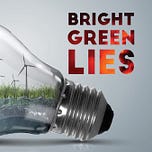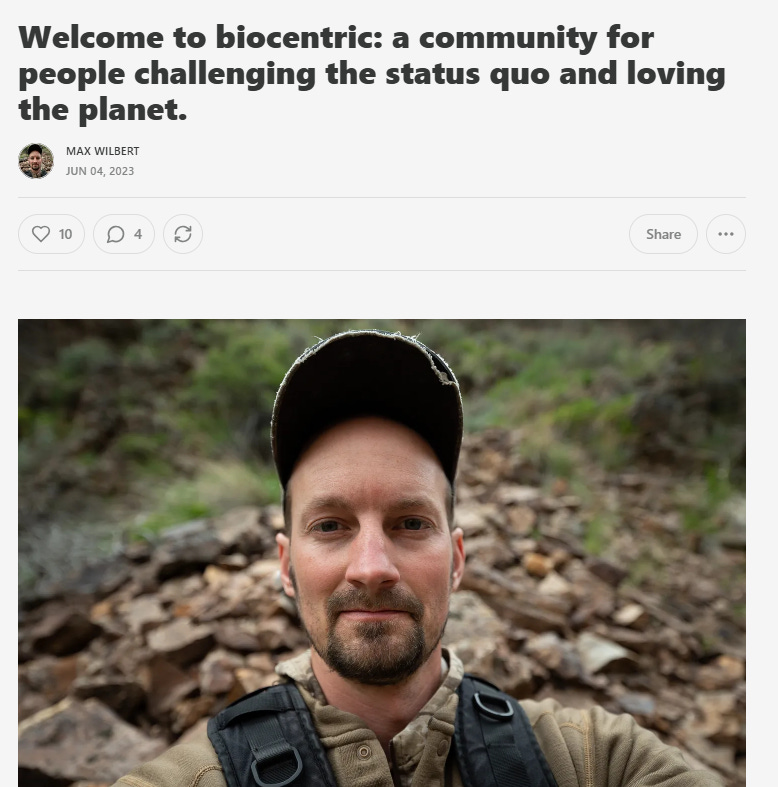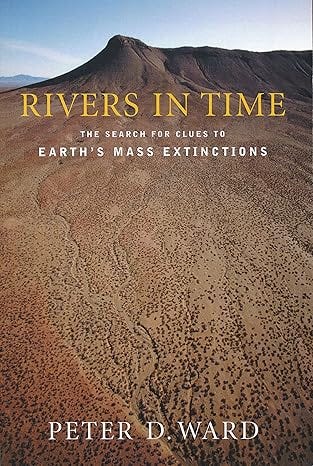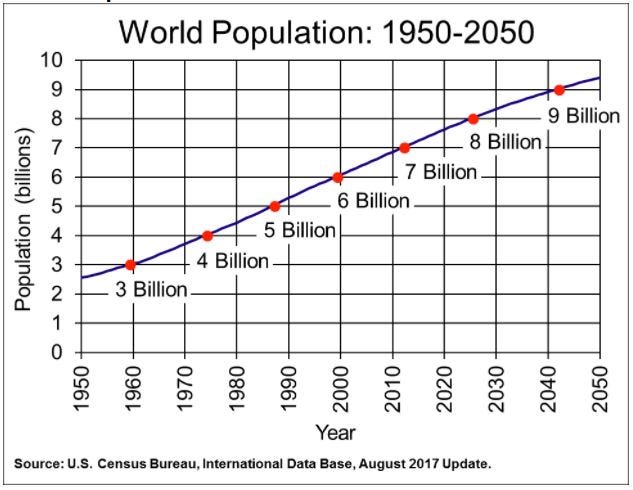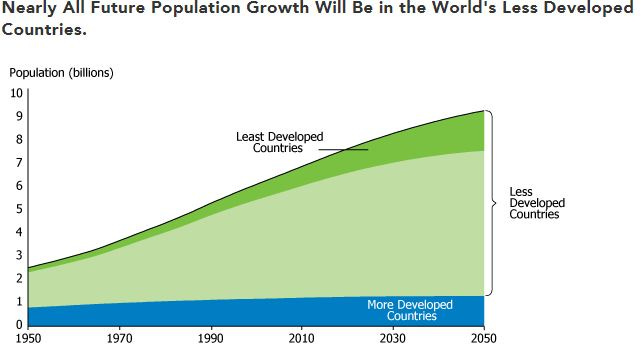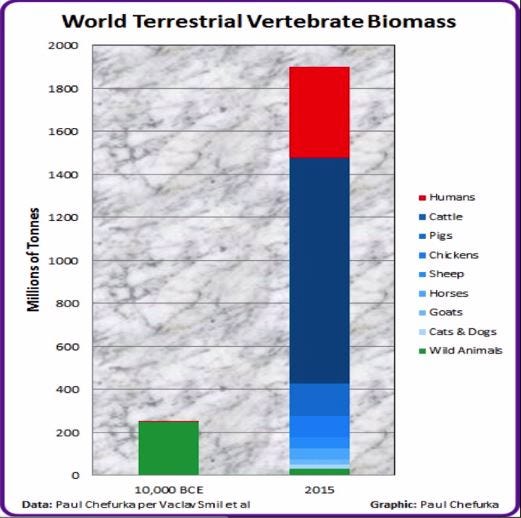I interviewed Max Wilbert. He works for CELDF, and you already got that bonus of me interviewing his Executive Director, Kai.
Max is in the Eugene area, and he has his Biocentric Substack. We talked much about the state of the state of play in capitalism, that capitalism all based on war against the land, species, hogs-cattle, against education, against philosophy, against critical thinking and agency, against Utopian Thought Experiments, against activism, against one child in Gaza or a few tens of millions in Iran.
This is an orgy, this society, an orgy of blood America. And the roots of that go to EuroTrashLandia, and alas, UK. We are the DNA morphed sloughed off crap of the White Race of Paranoia.
Jewish state (sic) of Israel is the dominant reflection of the sickness, and that’s 16 million Jews, man. The Century of the Jew is Hot Hot Wars
We didn’t get into all of that look at the dirty dirty Oppen-Heimer-Monster aspect of Einstein or the lot of them, Ellison, Zuckerberg, Altman, Ackman, Brin, Fink, Schwarzman, et al.
It all started with the steam engine, you betcha. Advance into the black pool of death, oil, and now we are Homo Plasticus, Homo TerraBiteSapiens.
I’ll throw some extra stuff below, but the interview is a winner!
We have all sorts of conundrums, no?
Is CO2 the culprit, or are we now in a flurry of diseases thanks to the synergistic chemical orchestration of so many toxins — chemicals — working their chronic disease and extended illness magic on the entire world?
What is resilience? Do we do a complete power shift, and move toward revolution since a world without ice is on the horizon, and those 60 percent of the world near or on the seas will disappear?
Overshoot?
Carrying capacity?
Population bomb?
Sixth, Seventh, 10th mass extinction?
Several times in the distant past, catastrophic extinctions have swept the Earth, causing more than half of all species―from single-celled organisms to awe-inspiring behemoths―to suddenly vanish and be replaced by new life forms. Today the rich diversity of life on the Earth is again in grave danger―and the cause is not a sudden cataclysmic event but rather humankind's devastation of the environment. Is life on our planet teetering on the brink of another mass extinction? In this absorbing new book, acclaimed paleontologist Peter D. Ward answers this daunting question with a resounding yes.
Elaborating on and updating Ward's previous work, The End of Evolution, Rivers in Time delves into his newest discoveries. The book presents the gripping tale of the author's investigations into the history of life and death on Earth through a series of expeditions that have brought him ever closer to the truth about mass extinctions, past and future. First describing the three previous mass extinctions―those marking the transition from the Permian to the Triassic periods 245 million years ago, the Triassic to the Jurassic 200 million years ago, and the Cretaceous to the Tertiary 65 million years ago―Ward assesses the present devastation in which countless species are coming to the end of their evolution at the hand of that wandering, potentially destructive force called Homo sapiens.
The book takes readers to the Philippine Sea, now eerily empty of life, where only a few decades of catching fish by using dynamite have resulted in eviscerated coral reefs―and a dramatic reduction in the marine life the region can support. Ward travels to Canada's Queen Charlotte Islands to investigate the extinctions that mark the boundary between the Triassic and Jurassic periods. He ventures also into the Karoo desert of southern Africa, where some of Earth's earliest land life emerged from the water and stood poised to develop into mammal form, only to be obliterated during the Permian/Triassic extinction.
Rivers of Time provides reason to marvel and mourn, to fear and hope, as it bears stark witness to the urgency of the Earth's present predicament: Ward offers powerful proof that if radical measures are not taken to protect the biodiversity of this planet, much of life as we know it may not survive.
More than 200 million years ago, a cataclysmic event known as the Permian extinction destroyed more than 90% of all species and nearly 97% of all living things. Its origins have long been a puzzle for paleontologists, and during the 1990s and the early part of this century a great battle was fought between those who thought that death had come from above and those who thought something more complicated was at work.
Paleontologist Peter D. Ward, fresh from helping prove that an asteroid had killed the dinosaurs, turned to the Permian problem, and he has come to a stunning conclusion. In his investigations of the fates of several groups of mollusks during those extinctions and others, he discovered that the near-total devastation at the end of the Permian was caused by rising levels of carbon dioxide leading to climate change. But it's not the heat (nor the humidity) that's directly responsible for the extinctions, and the story of the discovery of what is responsible makes for an fascinating, globe-spanning adventure.
Carrying Capacity: Carrying capacity is a well-known ecological term that has an obvious and fairly intuitive meaning: “the maximum population size of a species that the environment can sustain indefinitely, given the food, habitat, water and other necessities available in the environment”. Unfortunately, that definition becomes more nebulous the closer you look at it – especially when we start talking about the planetary carrying capacity for humans. Ecologists claim that our numbers have already surpassed the carrying capacity of the planet, while others (notably economists and politicians…) claim we are nowhere near it yet!
Overshoot: When a population surpasses its carrying capacity it enters a condition known as overshoot. Because carrying capacity is defined as the maximum population that an environment can maintain indefinitely, overshoot must by definition be temporary. Populations always decline to (or below) the carrying capacity. How long they stay in overshoot depends on how many stored resources there are to support their inflated numbers. Resources may be food, but they may also be any resource that helps maintain their numbers. For humans one of the primary resources is energy, whether it is tapped as flows (sunlight, wind, biomass) or stocks (coal, oil, gas, uranium etc.). A species usually enters overshoot when it taps a particularly rich but exhaustible stock of a resource. Like oil, for instance…
The rate of population decline and how far it will fall is hard to predict. That will depend on many things but primarily on if and when globalization collapses. The collapse of globalization will bring about civil strife, border wars, and famine around the world.
I want to call your attention to the green, wild animal, portion of the second graph at the top of this post. Notice the wild animal portion of the terrestrial vertebrate biomass, by 1900, had dropped to about 20% of its historical value. Then by 2000, it had dropped to half that amount. Then by 2050, we expect that 2000 value to be cut in half again.
By 2100, it will very likely all be gone. Well, almost all gone. There will still be plenty of rats and mice and perhaps a few other small vertebrates will still survive, but all the large megafauna, except humans, will be gone. Gone forever… or at least for the next million years or so. It will take that long for new megafauna to evolve after the human population has been greatly reduced to a billion or even a few million people.
But the far distant future is of little concern to us now. The sad fact of the matter is your descendants will live in a world completely free of wild megafauna. There is no way to avoid that fact now, it is already too late to stop the destruction.
WHY?
Yes, why? Why are we destroying the earth’s ecosystem? Why are we driving most all wild animals into extinction? Why have we dramatically overpopulated the planet with human beings? Why did all this happen? However, when you ask why, you are implying that all this had a cause, that someone or some group of people are to blame for this damn mess we have gotten ourselves into.
Was it the early farmers who invented agriculture. Or was it the early industrialists like James Watt or Thomas Edison? Or was it Fritz Haber and Carl Bosch, are they the villains that got us into such a damn mess? No, it was none of these people. It was no one person or no group of people. It was not even any revolution like the industrial revolution, the medical revolution or the green revolution. There is no one to blame and there is nothing to blame.
Agriculture enabled the very small early population to expand. The industrial revolution and later the green revolution enabled more people to be fed. The medical revolution enabled more babies to survive and people to live much longer. Our population has exploded simply because it could. We have always lived to the limit of our existence and we always will. It was just human nature pure and simple.
Now many will say that we are now controlling our population, that we have learned how to limit our fertility rate. Well, yes and no. Reference the below chart and table that were produced by the Population Reference Bureau in 2012.
Max just had a kiddo, newborn, and so we had that looming, since I have a 29 year old daughter traumatized by her radical dad her entire life.
The zoomass of wild vertebrates is now vanishingly small compared to the biomass of domestic animals. In 1900 there were some 1.6 billion large domesticated animals, including about 450 million head of cattle and water buffalo (HYDE 2011); a century later the count of large domestic animals had surpassed 4.3 billion, including 1.65 billion head of cattle and water buffalo and 900 million pigs (FAO 2011). Calculations using these head counts and average body weights (they have increased everywhere since 1900, but the differences between larger body masses in North America and Europe and lower weights elsewhere persist) yield estimates of at least 35 Mt C of domesticated zoomass in 1900 (more than three times the total of all wild land mammals) and at least 120 Mt C in the year 2000, a 3.5-fold increase in 100 years (and 25 times the total of wild mammalian zoomass). And cattle zoomass alone is now at least 250 times greater than the zoomass of all surviving African elephants, which in turn is less than 2 percent of the zoomass of Africa’s nearly 300 million bovines (Table 2).
The Earth currently has about 19.6 billion chickens, 1.4 billion cattle, and 980 million pigs being raised as livestock.
